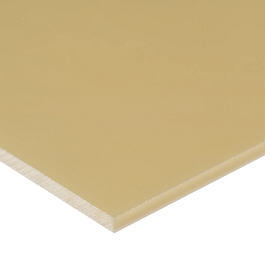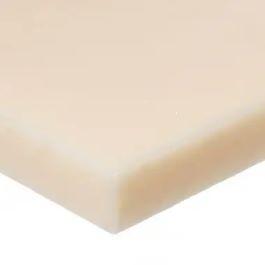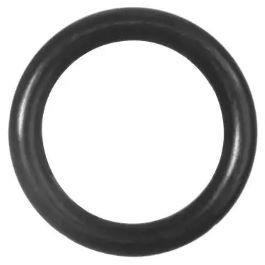Knowledge Center
Acrylic Sheeting Facts You Didn't Know
Plexiglass, a type of clear acrylic sheeting, is a versatile plastic material with several purposes and benefits. It is an impact-resistant alternative to glass that is also half the weight. This is a popular choice as it is easy to thermoform, and it bonds well with adhesives and solvents. In addition, it displays resistance to weathering unmatched by other general-purpose plastics.
School Table Selection Guide
Fix Supply offers 2,343 Correll Tables Products with various options for each classroom setting. We have Seminar tables , Science Lab tables, Library tables, Flip-Top Tables, Café & Breakroom tables, Computer tables, and Activity tables. These tables are available in several top materials, shapes, colors, and sizes. For many of the tables, there is also the option between different leg types.
Correll School Tables from Fix Supply
Fix Supply is a trusted distributor of Correll products, including school tables. We offer classroom tables in many shapes, sizes, and colors. We have tables for each classroom setting, including Seminar tables, Science Lab tables, Library tables, Café & Breakroom Tables, Computer Tables, and Activity Tables. Our tables are offered in plastic, regular or heavy-duty laminate, or dry-erase types.
Material Overview of ABS
Acrylonitrile butadiene styrene (ABS) is a thermoplastic polymer used to manufacture some of the most durable and widely used plastic products on the market. It has high chemical resistance, impact resistance, and offers excellent dimensional stability.
Material Overview of Nylon
Nylon is a synthetic plastic material popular for its toughness, low coefficient of friction, and resistance to abrasion and wear. It is one of the most widely engineered thermoplastics with applications including machining components, fabrics, and moving parts such as wheels and rollers.
7 Best Plastic Fabrication Methods
Plastic fabrication is any process that is used to design, manufacture or assemble plastics or plastic composites. There is a wide range of fabrication methods available, each with its advantages and disadvantages. Certain techniques may be applicable for roofs or panels that will not be utilized for small machine parts.
Guide to O-Rings
The O-ring is a common mechanical gasket used for a variety of static and dynamic applications. Due to their low cost and simple mounting requirements, many industries use them to prevent the unwanted flow of fluid in components such as pipes, tubes, pistons, and cylinders.
5 Common Plastic Machining Methods
Plastic machining is a controlled, subtractive method of shaping and forming a product by removing layers of material. Both plastic and metal machining processes employ the use of lathes, mills, cutting machines, drill presses, and grinders to fabricate products; however, the procedures are different due to material properties.
Material Overview of Acrylic
Acrylic is a transparent plastic known for its high strength, stiffness, and optical clarity. Commonly known by its trade name Plexiglass, it is often used as an impact-resistant alternative to glass. Acrylic sheet is a popular choice because it is easy to fabricate and thermoform, and it bonds well with adhesives and solvents. Additionally, it displays resistance to weathering unmatched by other general-purpose plastics.
Material Overview of Polycarbonate
Polycarbonate is an amorphous, transparent thermoplastic known for its outstanding strength, stiffness, and impact resistance. It makes an excellent alternative to glass as it is lightweight, possesses a natural UV filter, and promotes the internal transmission of light almost as effectively as glass. Polycarbonate is easy to machine and thermoform, making it ideal for a variety of applications.











